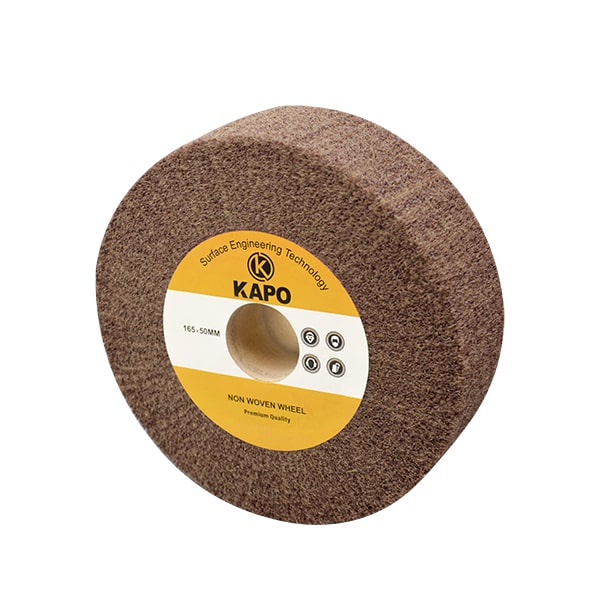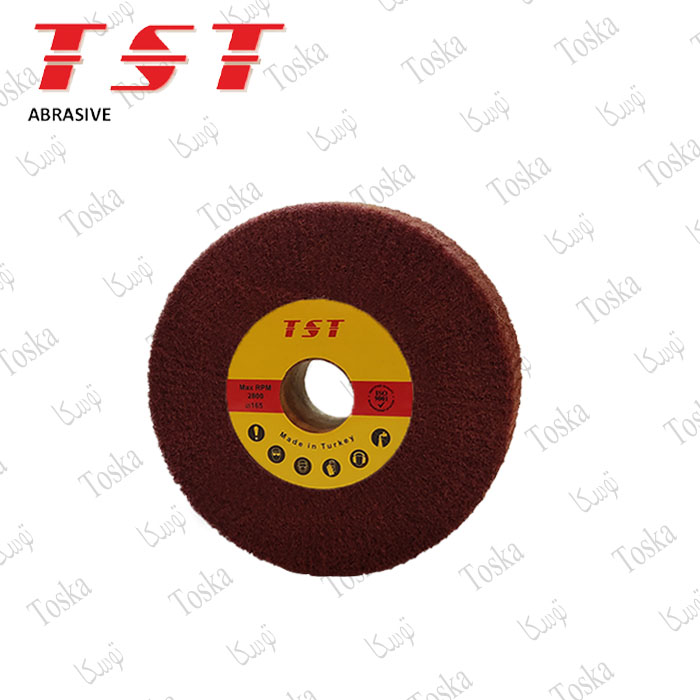
In the world of surface finishing and preparation, Scotch-Brite flap wheels stand out as versatile and effective tools. They bridge the gap between aggressive material removal and fine polishing, making them a staple in various industries. This comprehensive guide explores the intricacies of these wheels, from their construction to their applications, providing a deep understanding of their capabilities and limitations.
Scotch-Brite flap wheels are abrasive tools designed for surface conditioning, cleaning, blending, and finishing. They consist of multiple overlapping flaps of non-woven abrasive material bonded to a central core or hub. This design allows for consistent and controlled abrasion, making them ideal for curved, contoured, or irregular surfaces. Unlike traditional grinding wheels, flap wheels are more flexible and less likely to gouge or damage the workpiece.
Understanding the construction of a flap wheel is crucial to appreciating its performance. Here's a breakdown of the key components:
Flap wheels are available in a wide range of grades and grits, each suited for specific applications. It's important to select the correct grade for optimal results.
Important Note: Always start with a coarser grit and gradually move to finer grits to achieve the desired finish. Using too coarse a grit can create deep scratches that are difficult to remove.
Scotch-Brite flap wheels are incredibly versatile and can be used in a wide range of applications, including:

Due to their versatility and efficiency, flap wheels are used in a diverse range of industries:
Compared to other abrasive tools, flap wheels offer several advantages:

While flap wheels offer numerous benefits, it's important to be aware of their limitations:
Selecting the appropriate flap wheel is essential for achieving the desired results. Consider the following factors:
Following proper usage and safety guidelines is crucial for ensuring optimal performance and preventing accidents:
Proper care and maintenance can extend the lifespan of your flap wheels:

While excellent in many situations, flap wheels aren't always the best choice. Here are some alternatives depending on the application:
Here are some common problems and their potential solutions:
The field of abrasive technology is constantly evolving, with ongoing research and development focused on improving performance, extending lifespan, and enhancing safety. Future trends may include:
Scotch-Brite flap wheels are indispensable tools for a wide range of surface finishing applications. By understanding their construction, grades, applications, and limitations, users can select and utilize these wheels effectively to achieve optimal results. Continued advancements in abrasive technology promise to further enhance the performance and versatility of flap wheels in the years to come.
For more information on سنباده رولی visit Tehran Polish. And to learn about پرداخت کاری checkout Polish Tehran.



